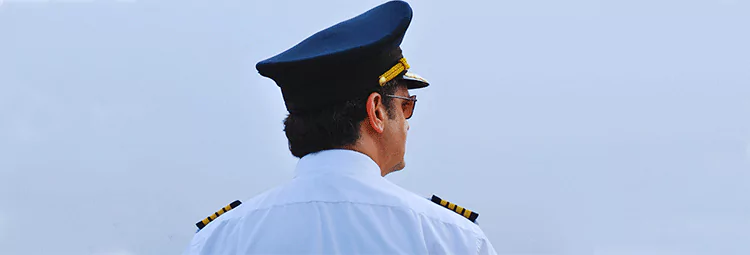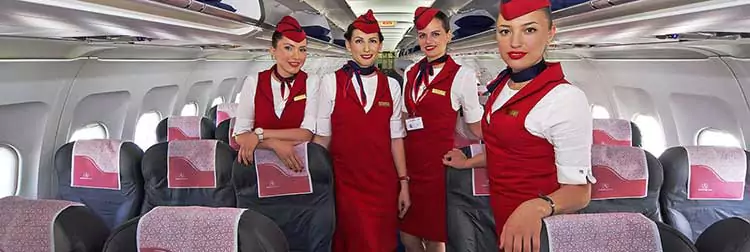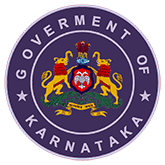
Government Flying Training School
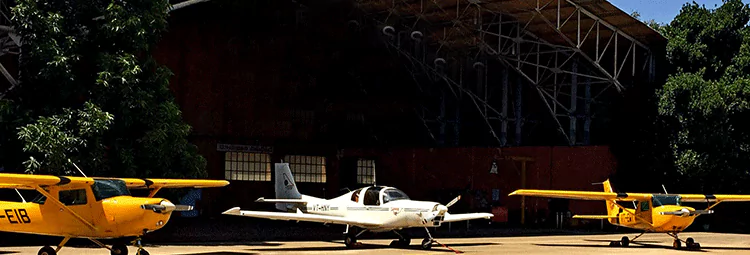
Courses:
- CPL - Commercial Pilots License; Duration: 200 Hours; Part Time;
- PPL - Private Pilots License; Duration: 40 Hours; Part Time;
- SPL - Students Pilots License;Part Time;
Pilot training courses and levels typically follow a structured path to ensure comprehensive training and certification. Here are the main courses and levels available:
Purpose: Allows individuals to fly small aircraft for personal or recreational purposes.
Requirements: Basic flight training, medical examination, and passing written and practical tests.
Purpose: Qualifies individuals to be paid for flying, including roles such as flight instructors, charter pilots, and aerial survey pilots.
Requirements: More advanced training than PPL, including additional flight hours, instrument training, and passing more rigorous written and practical tests.
Purpose: The highest level of aircraft pilot certification, allowing individuals to act as a captain or first officer on commercial airlines.
Requirements: Extensive training, including advanced flight hours, instrument and multi-engine training, and passing comprehensive written, practical, and theoretical exams.
Purpose: Allows pilots to fly under Instrument Flight Rules (IFR), which is essential for flying in poor weather conditions.
Requirements: Additional training and testing focused on instrument navigation and procedures.
Purpose: Qualifies pilots to operate aircraft with more than one engine.
Requirements: Specific training and testing on multi-engine aircraft operations.
Purpose: Specific to a particular aircraft type, required for pilots to operate certain aircraft models.
Requirements: Training and testing specific to the aircraft type.
Courses:
Courses:
Courses:
Courses:
Courses:
Courses:
Courses:

Government Flying Training School

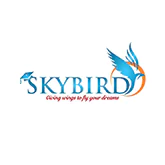
Skybird Aviation

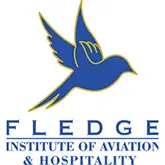
Fledge Institute of Aviation & Hospitality
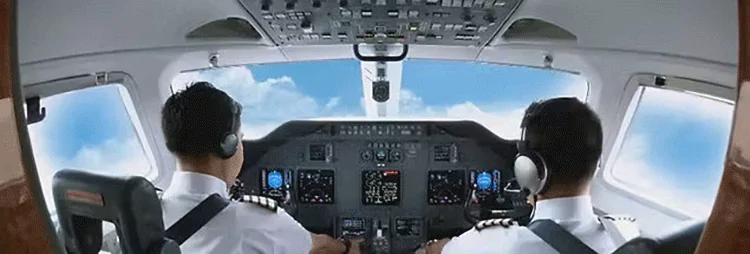
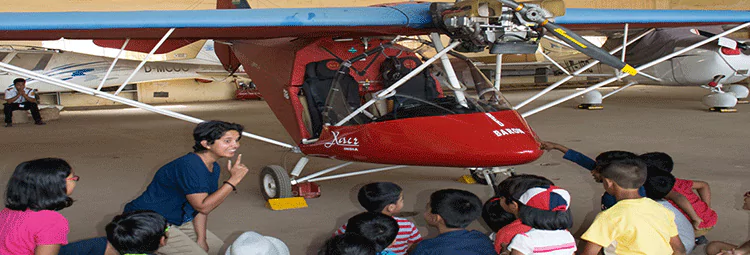

Sha-Shib College of Engineering

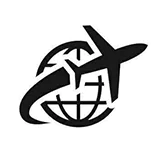
Aviation Planet
